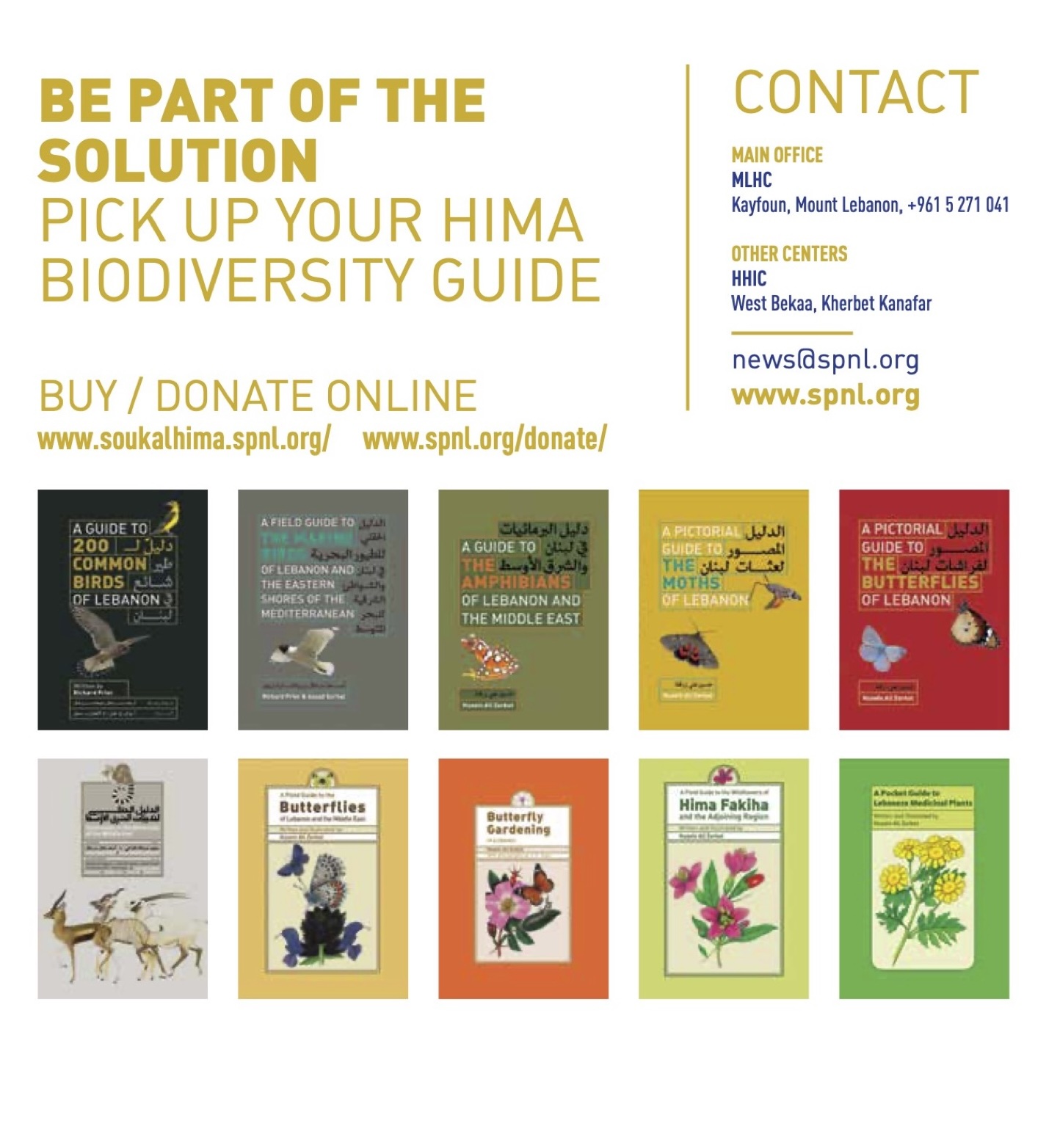By Fouad Itani
The Eurasian Spoonbill is a large wading bird from the Threskiornithidae family. It measures 85 cm in length, with a wingspan of 120 cm, and an average weight of 1500 g.
The Eurasian Spoonbill has a distinctive long spatulate rigged black bill with yellow tip, pure white plumage, red eyes, and black feet. Both sexes are similar, with male being slightly bigger than female. During breeding season adults develop a conspicuous pale yellow crest, a yellowish neck band, and an orange area around the base of the bill. Immature birds are similar to adults in non breeding-plumage, but with dull pinkish bills and legs, and black tips on primaries.

Ras Al Khor Wildlife Sanctuary, Dubai, UAE.
The Eurasian Spoonbill is usually found around wet areas such as shallow open water, rivers, mudflats, marshes, and coastal lagoons, with a preference for shallow wetlands with muddy, clay or fine sandy beds.

Ras Al Khor Wildlife Sanctuary, Dubai, UAE.
Eurasian Spoonbills usually forages in small groups by slowly walking side to side and rapidly sweeping their semi-open bills in shallow water to detected and catch small preys.
Their diet consist of crustaceans, amphibians, worms, small fish, aquatic insects, mollusks, and sometimes plant matter.
The Eurasian Spoonbill normally nests near lakes or rivers, and sometimes in islands or off sea coast, usually in reedbeds with trees and bushes, or in dense emergent vegetation. The nest is built using sticks and reeds and lined with leaves and grass, the female will lay three to four eggs that are incubated by both parents for approximately twenty five days before hatching. The young will fledge in seven weeks.

Ras Al Khor Wildlife Sanctuary, Dubai, UAE.
In Lebanon the Eurasian Spoonbill is considered to be a scarce passage migrant at coastal and inland wetlands such as Cheikh Zennad Coastal Wetland, Palm Islands, and Aammiq Wetlands.
Even though it is not globally threatened, the Eurasian Spoonbill still faces a number of threats, such as illegal hunting, habitat loss and degradation, predators, exploitation of eggs, and human disturbance.






